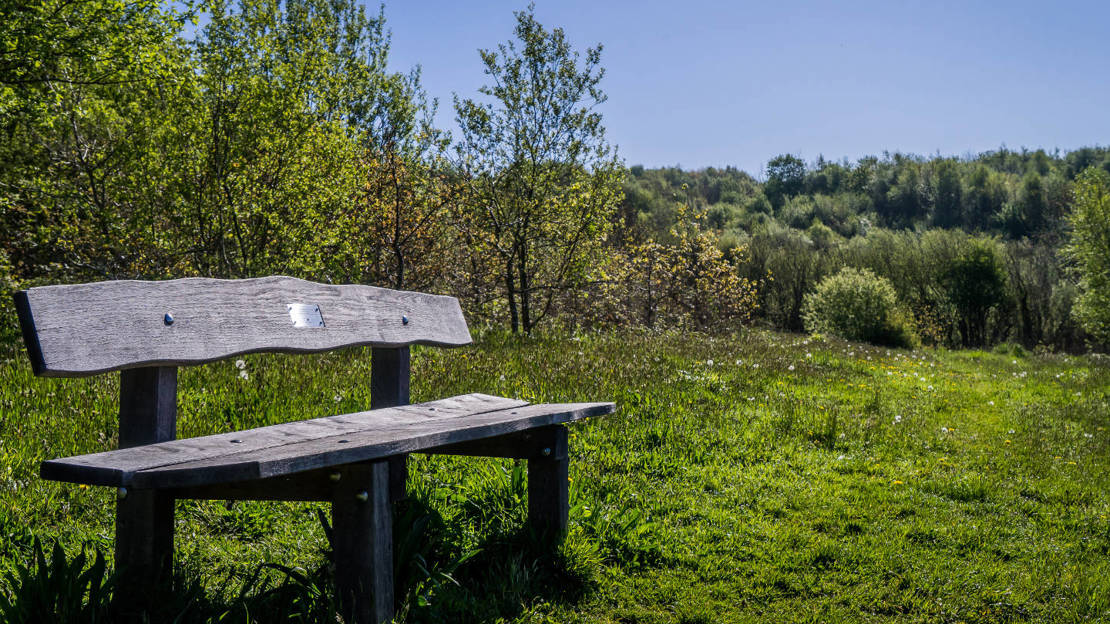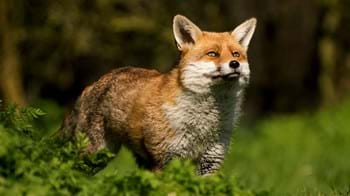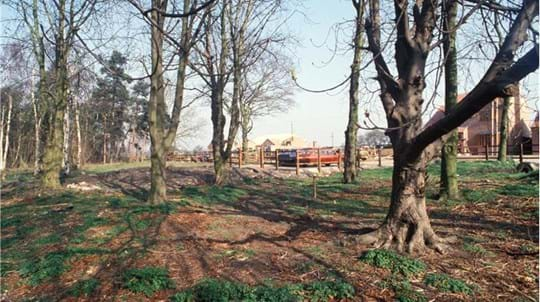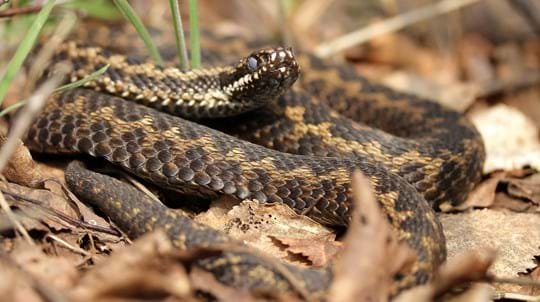
Owlet
Blyton

Woodland Trust wood
50.41 ha (124.56 acres)
SK830952
Explorer 280
OS Landranger 112
Owlet forms part of the Coversands Heathland that once covered large parts of northern Lincolnshire. Over the years, birch has naturally grown on the site and woodland has developed.
Remnants of the heathland can still be seen from the circular surfaced path. Visit in summer to see lots of butterflies, including the purple hairstreak, small copper and brimstone.
Features
- Parking at site
- Public access
- Autumn colour
- Grassland
- Moorland
How to get to Owlet
Owlet is 3.2km (2 miles) from the village of Blyton, Lincolnshire, and stands a little above the surrounding low-lying floodplain.
Take the A159 between Scunthorpe and Gainsborough. Leave the A159 just north of Blyton, following road signs for Laughton. At Laughton, take the first turning on the right and then the third left, which is Morton Road. Continue on this road until you leave Laughton, where you take the next left onto Laughton Road. Owlet is located 3.2km (2 miles) further on, where there is a car park.
The nearest train station is Gainsborough Lea Road station, which is about 8km (5 miles) south of Owlet.
Visit National Rail for more information.
The nearest bus stop is in Blyton, around a 2km (just over 1 mile) walk from Owlet. Services run between Scunthorpe and Gainsborough.
Visit Traveline for more information.
Facilities and access
Visitors can explore the wood using its network of footpaths, which are dry all year round thanks to the sandy soil. Owlet is largely flat and there are no steps or other obstructions, except for bracken and bramble growth in the summer months.
The site also has a circular, all-ability path. It can be accessed via a motorbike-proof chicane from the car park at the main entrance, which is off Laughton Road, the wood’s western boundary.
There is a free car park on site with space for around 10 cars.
There are public toilets at Roseway Car Park in Gainsborough, which is 8km (5 miles) south of Owlet.
Wildlife and habitats
Animals
Owlet’s woodland and heathland make it a great location for wildlife-watching. In all, 94 bird species have been recorded. Owlet’s dry, sandy soils create perfect conditions for a wide variety of insects and other invertebrates, including spiders, grasshoppers and burrowing bees.
Trees, plants and fungi
Look out for the veteran Scots pines that are thought to be 300 years old. Around half of Owlet is oak and birch wood, which is a relic of old wood pasture and open-wooded heath.
Habitats
Owlet is a mosaic of habitats. About a sixth of the area is open heath which is a fragment of the Coversands Heathland that was once a feature of North Lincolnshire.
The open heath areas are characterised by dense mats of moss with lichens and a sparse cover of acid-loving herbs and grasses. A small area of the wood is wet woodland, or carr, a rare habitat.

Dedicate at this wood
This wood is one of more than 50 across the UK where it's possible to dedicate trees, benches or larger areas of woodland. Mark a special occasion or celebrate the life of a loved one with a meaningful gesture that lasts.
Choose a dedicationWe purchased Owlet in 1997 with the help of the local community. It was designated a Local Nature Reserve in 2005 and forms part of the Coversands Heath restoration project.
History of Owlet
Owlet was once known as Morton Carr and was a small part of the area of heaths, wastes, marshes and woodland between the villages of Morton, Blyton, East Stockwith and Walkerith.
The land was used as pasture and for timber production over generations. It is thought that most of Owlet’s pines and many oaks were felled during the First and Second World Wars to provide timber for the war effort.
Over the century, self-seeded birch gradually took over open areas as grazing stopped, which allowed seedlings to thrive. A key factor in this change was the arrival of the viral disease myxomatosis in the 1950s, which decimated the rabbit population.
Things to do at Owlet

Visiting woods
Walking dogs in our woods
Dogs are welcome for walkies in our woods. Take a look at our tips and guidelines for ensuring we keep our woods safe and special for dogs and wildlife.

Visiting woods
Events
Discover events at our woods and the festivals and fairs you can find us at soon.

Visiting woods
Things to do in the woods
Go on an adventure. Get closer to nature. Uncover history. Discover ways to explore the UK's woods whatever the season.







































